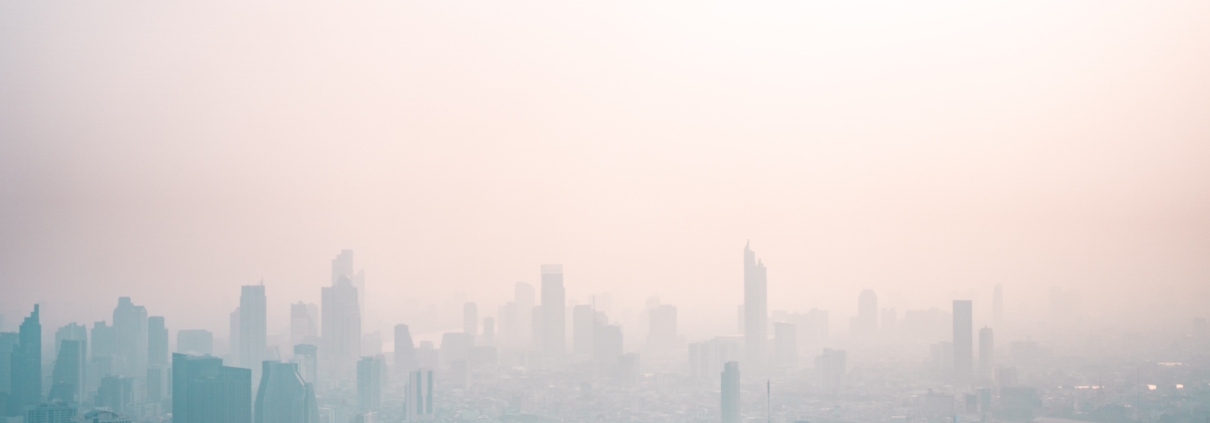What are urban heat islands?
An urban heat island is a phenomenon that occurs in metropolitan areas that can negatively affect air and water quality for city dwellers. But what is it, exactly? And how can it be dealt with? Read on to find out.
What is an urban heat island?
An urban heat island (UHI) is a metropolitan area that is a lot warmer than the rural regions surrounding it. The heat is generated by the energy from people living their everyday life moving, exercising, or driving, from cars, buses, trams, and trains, and from industrial processes. The dense construction of a large city contributes to trapping this heat, as building materials tend to be good at insulating and are non-reflective and waterproof. This leads to them absorbing a significant amount of solar radiation, which is then released as heat. As a result, having skyscrapers, houses, shops, and factors constructed close together can create an urban heat island.
In addition, many metropolitan cities tend to consist of skyscrapers, which means that the heat generated by the city has nowhere to go, thus causing it to linger between buildings. The phenomenon persists even at night, as the buildings, sidewalks, roads, and parking lots block heat from rising up into the cool sky.
Why are urban heat islands problematic?
Urban heat islands contribute negatively to the community’s well-being and quality of life in many ways, with the first of which being air quality issues. This is because the pollutants released from vehicles, industry, and people are all trapped within the city alongside the heat, which can lead to the formation of more pollutants including ground-level ozone (smog), particulate matter (PM), and acid rain. Exposure to these pollutants can lead to a plethora of health issues and have an overarching impact on the climate and the economy.
On top of this, the excessive heat that results from urban heat islands, especially in summer, causes many people to turn on fans or air conditioning. The fossil fuel power plants that operate to meet this demand increase air pollution levels and greenhouse gas emissions, thus worsening urban air quality. The increased energy demand also puts a strain on energy resources, which can result in rolling blackouts and power outages.
Human health and comfort are compromised as well: those who are vulnerable to heat suffer general discomfort, respiratory difficulties, exhaustion, heat cramps, and heat stroke.
Urban heat islands also affect water quality. The heat from the city naturally leads to warm water, and as it flows into local streams and rivers, the difference in temperature ends up stressing the native species and impacting local ecosystems.
How can the urban heat island effect be reduced?
City planners, architects, designers, dwellers, and government officials must work together in order to mitigate urban heat islands. Actions that can be taken include:
- Building green roofs: these provide direct and ambient cooling effects, and improve air quality by absorbing pollutants
- Planting trees, shrugs, grasses, and groundcover: plants naturally assist in cooling the atmosphere through transpiration and can provide shade in sunny areas
- Implementing green infrastructure improvements: to help reduce the amount of heat and energy released into the atmosphere
- Using lighter-coloured materials on roofs, parking lots, and roads: light colours reflect more sunlight and trap less heat
- Using permeable construction materials: allowing water to flow through and evaporate from buildings will assist in cooling them down
- Installing a city-wide climate and air quality sensor network: deploying a series of cost-effective, small form factor sensors like the ones from Breeze Technologies which measure for temperature, humidity, and the major air pollutants known to impact human health can help identify and mitigate urban heat islands by assisting government and citizen actions for a cooler, more sustainable city!



